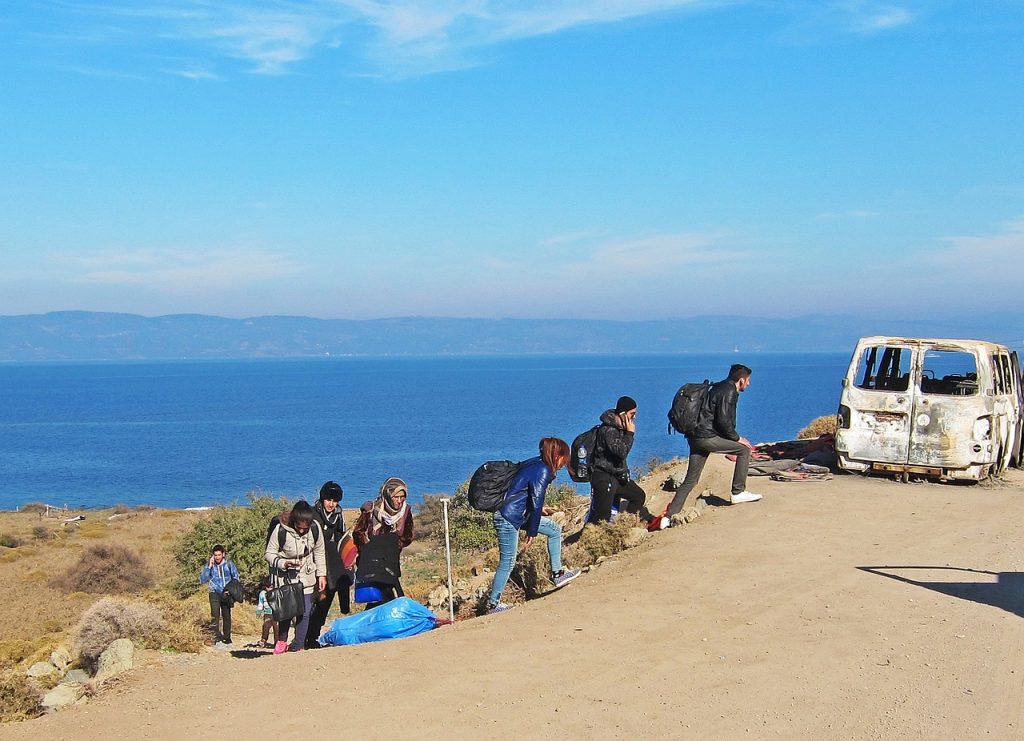The social, economic, and political landscape of Europe may change due to the result of the continent’s demographic crossroads and unanticipated problems. European countries are facing significant challenges due to demographic transitions, including aging populations, declining birth rates, and complex migratory patterns.
Aging Population
Europe’s aging population is one of the most critical demographic issues it is now experiencing. For instance, the populations of Germany, Italy, and Greece are among the oldest in Europe, and a sizable fraction of their residents are elderly. Social welfare initiatives, pension plans, and healthcare systems are all significantly impacted by this demographic change. In particular, Germany raised the retirement age and promoted older individuals’ employment involvement in its pension system reforms.
Low-Birth Rates

Migration Patterns
Migration is a major factor influencing Europe’s demographics. For instance, Sweden has experienced a large influx of immigrants recently, mostly from Syria and other areas afflicted by conflict. Immigration has increased population growth and broadened the labor force, but it has also generated discussions about social cohesiveness and integration. Concerns over brain drain and labor shortages have arisen because of skilled professionals leaving nations like Poland and Romania in search of better economic prospects elsewhere in Europe.
Policy Responses
In order to address demographic concerns, European countries are putting a variety of policy approaches into practice. For example, France has implemented family-friendly policies to support working parents and promote greater birth rates, such as generous parental leave and subsidized childcare. Immigration laws in Sweden prioritize social inclusion and integration, and programs are in place to give newcomers access to jobs, education, and language instruction. Furthermore, nations such as Poland and Hungary are providing families with financial incentives and support in an effort to boost fertility rates and stop the population drop.
The demographic challenges facing Europe are intricate and multidimensional, necessitating extensive and coordinated policy responses that are customized to the particular circumstances of each nation. European nations can effectively manage demographic shifts and promote resilient, sustainable, and inclusive communities for future generations by tackling issues such as aging populations, declining birth rates, and changing migratory patterns.





